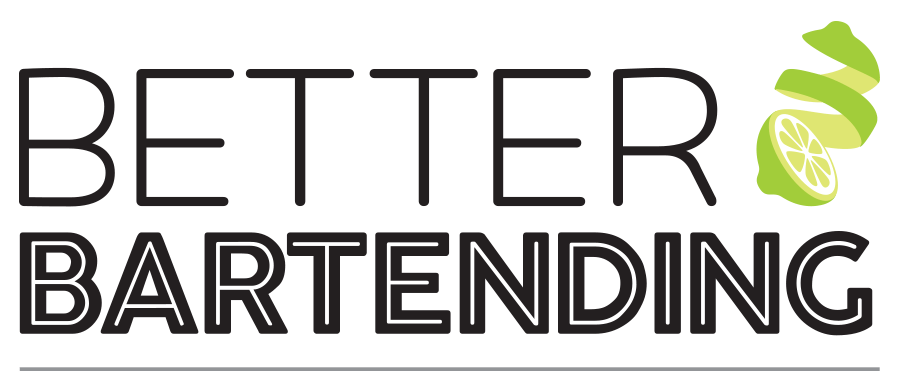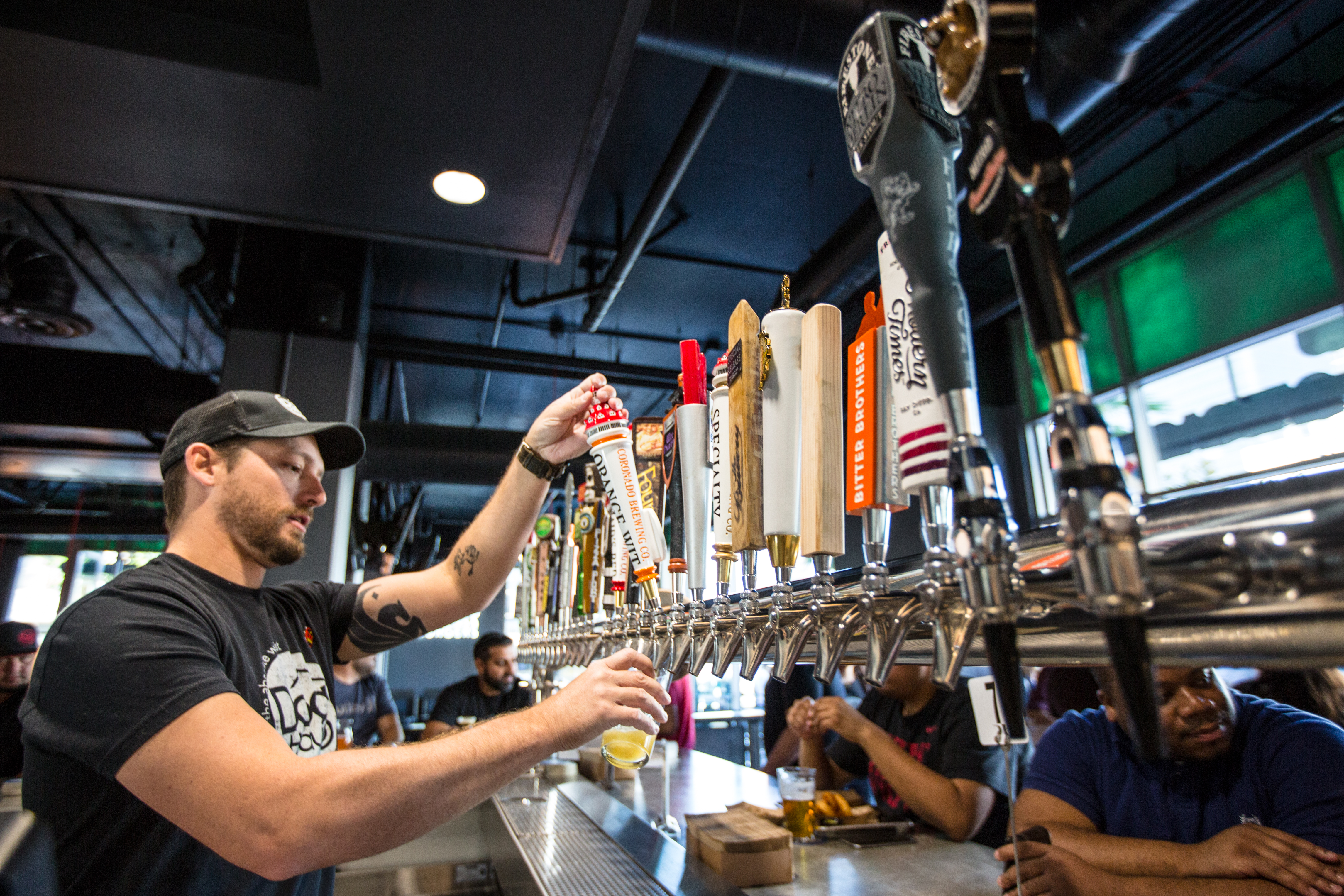Most bartenders learn to pour beer by watching someone else do it, rather then being trained on technique, according to Pat Fahey, content director for the Cicerone Certification Program. Speaking at the Nightclub & Bar show in Las Vegas on March 26, Fahey said that some easily corrected service habits contribute to beer waste and lost profits.
“It’s unbelievable how much loss occurs with a beer draft system,” he said. A chain restaurant account with about 100 draft lines was losing $10,000 to $15,000 in potential revenue a month due to wasted beer at one location.
When pouring draft beer, you want to provide fast service, offer an attractive product and reduce waste as much as possible, Fahey said. Draft systems are designed to pour 2 oz. per second, he explained. So if you leave the tap open unnecessarily for four seconds, it pours out 8 oz.—that’s half a pint down the drain.
You also want to avoid pouring too much foam. The further the beer falls before hitting the glass, the more it foams, Fahey noted. And if the tap is in the half-open position, this will cause foam as well. So make sure the tap is fully open and pour right into the glass.
Another thing to avoid: dunking the faucet in the beer. You don’t want beer running over the tap for hygiene reasons, Fahey said: Dried beer on the tap can harbor bacteria. Also, pouring this way leaves too much carbonation in the beer, which fills up customers and can even make them sick.
How should you do it? Here are Fahey’s tips for a proper beer pour:
• Grip the tap handle at the base. Use two hands, one holding the glass and the other on the tap.
• With the glass at an angle, pull tap to the fully open position.
• When the glass is hallway to three-quarters full, tilt the glass to the upright position to form a half-inch to 1-inch head.
Remember, the faster you can go from the tap fully closed to fully open, the better the beer will look—and taste. Especially when pouring beer samples, Fahey said, “the key is quick open, quick close.”
This is easiest to do when you’re gripping the tap at the base, especially with some of the crazy long and unwieldy taps handles. It also exerts less force on the faucet, he added. “You don’t want to ever break off a tap in the open position!”
This article was updated to correct the number of draft lines in the chain restaurant example and clarify that the dollar figure estimate reflected potential lost revenue rather than beer cost.











